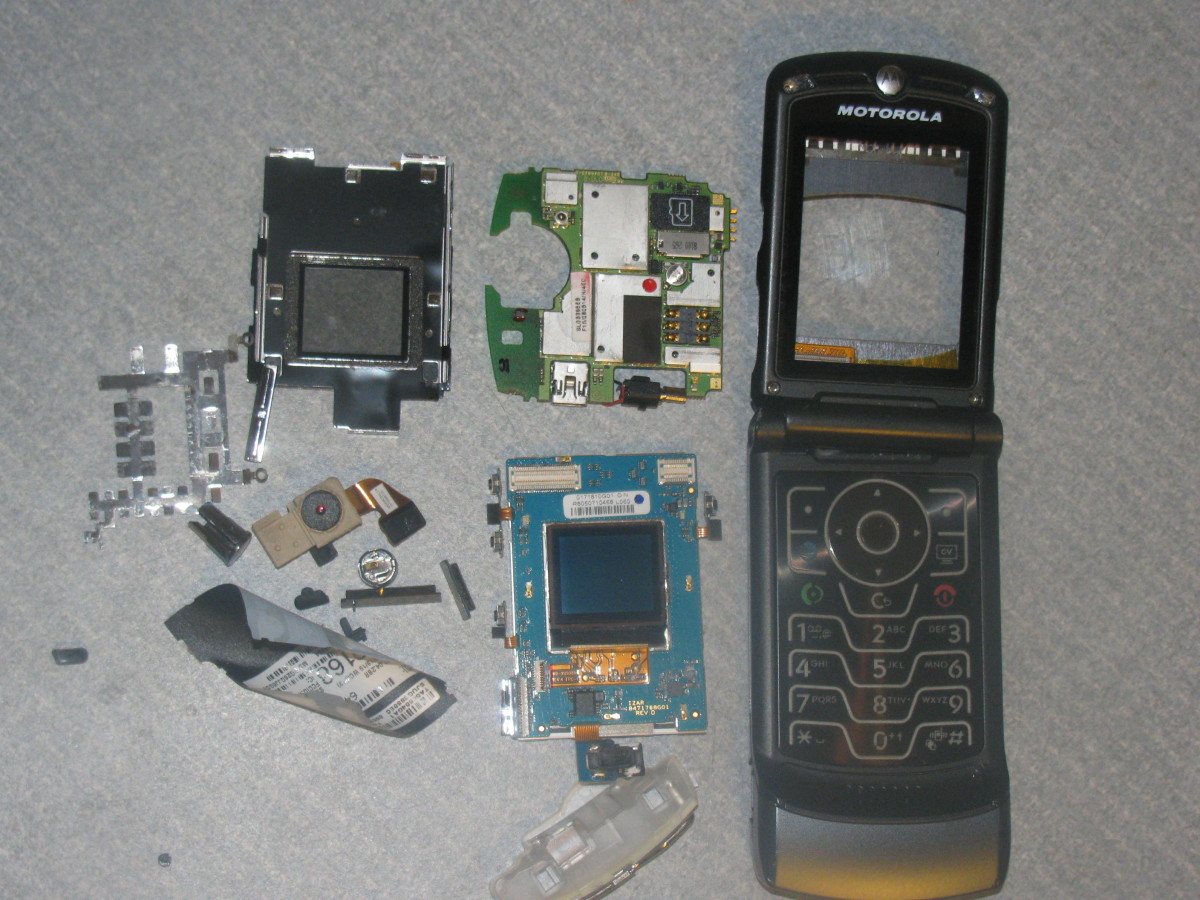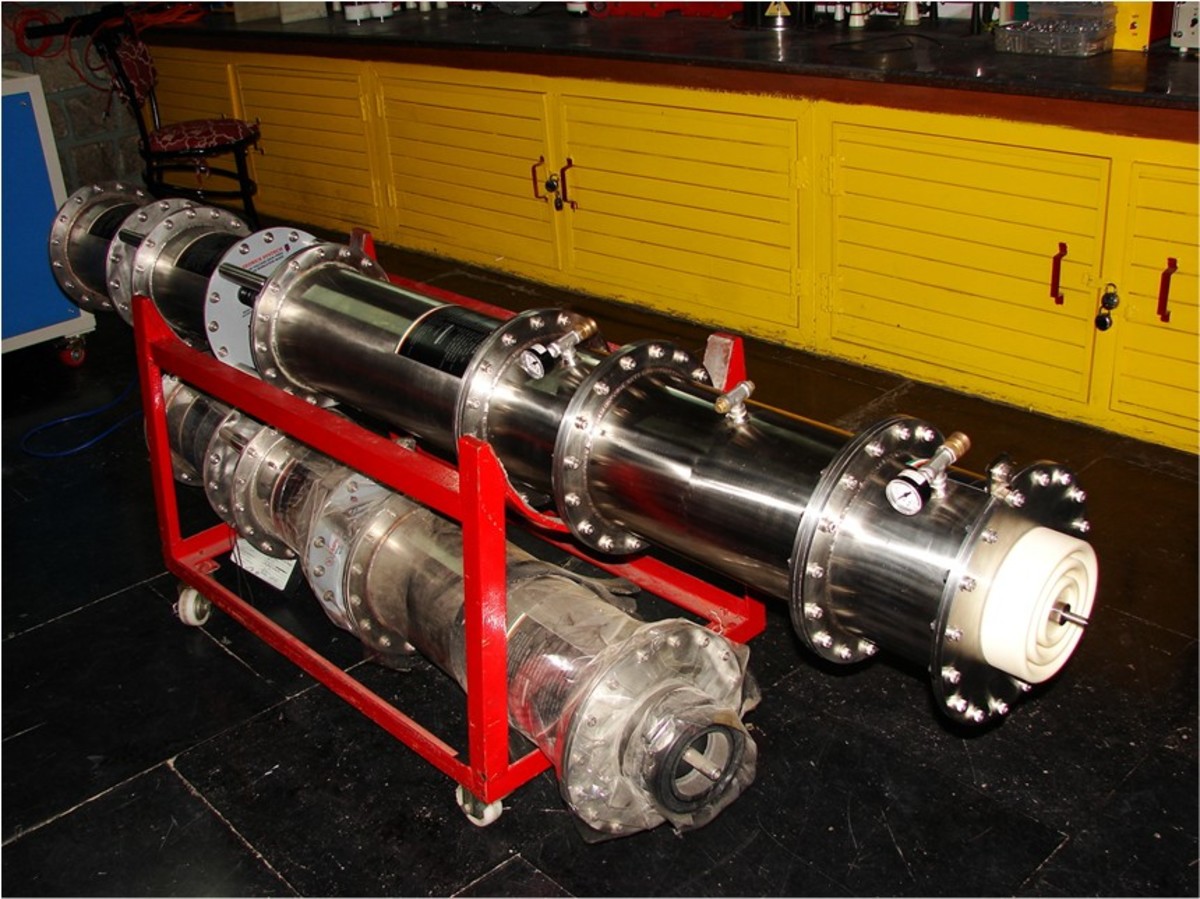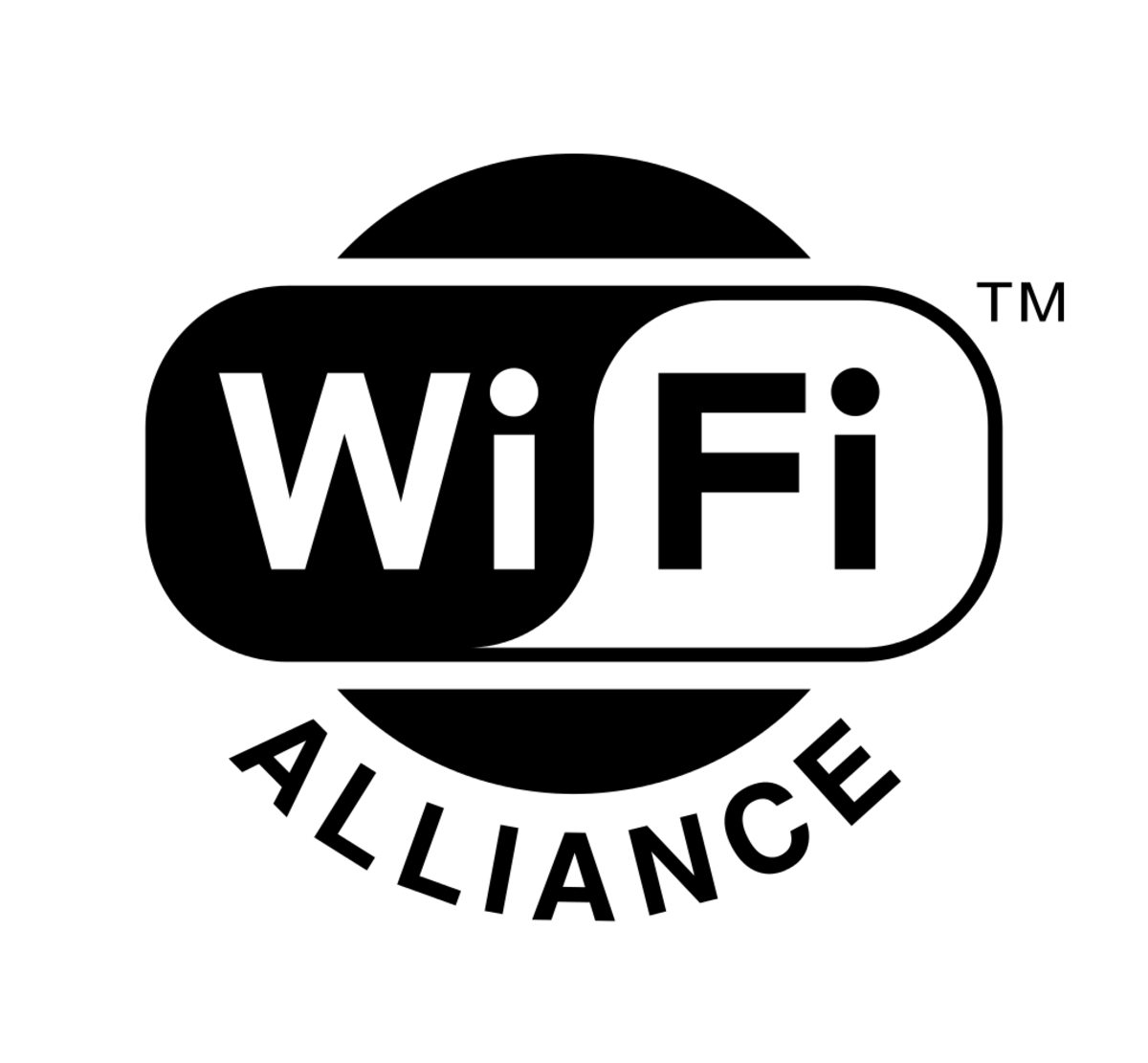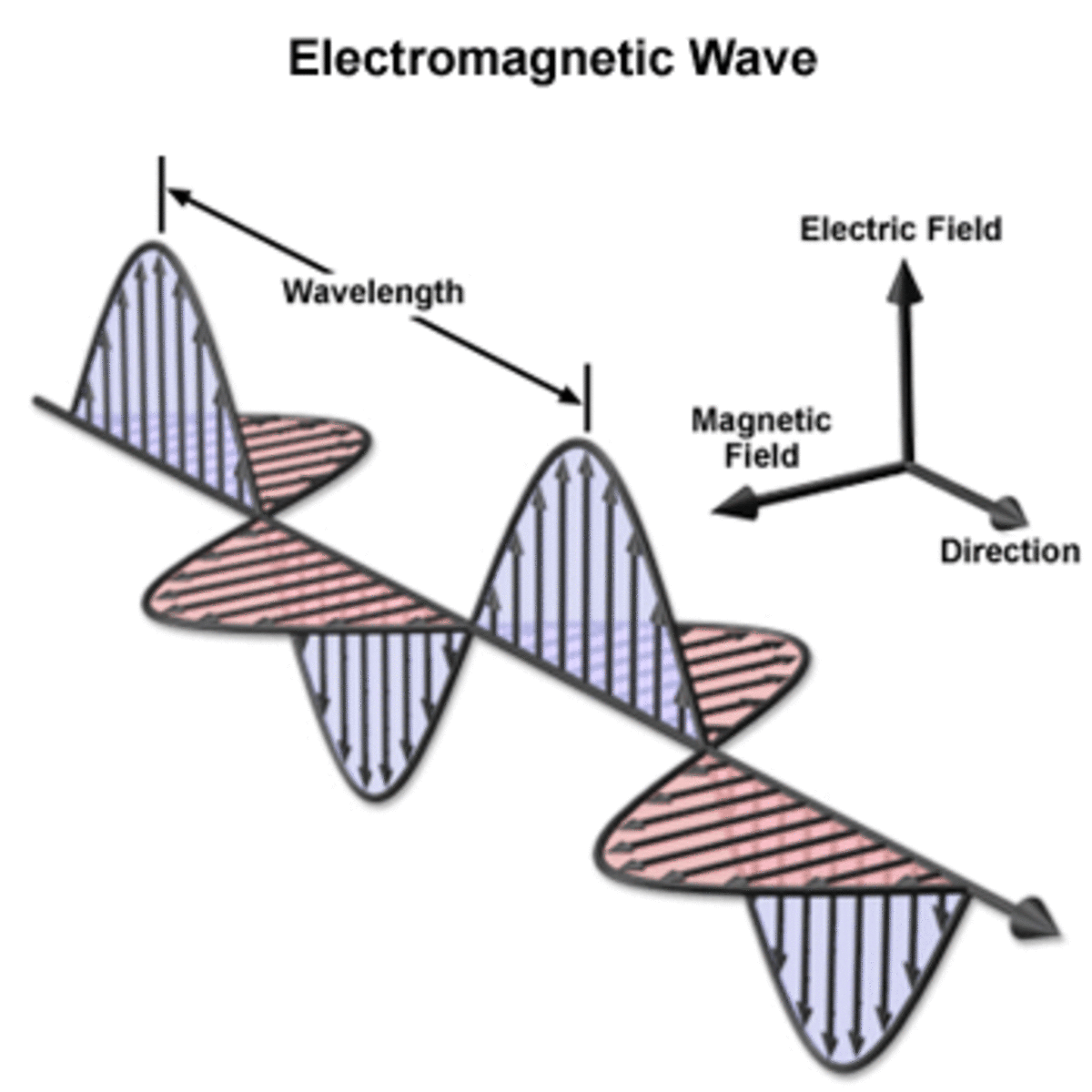EMP Protection Standards
Electromagnetic Pulse or EMP Terminology
EMP typically stands for electromagnetic pulse, though the term is sometimes used to mean “electromagnetic protection”. An electromagnetic pulse or EMP weapon has the potential to burn out circuits and electronics within its range.
EMI stands for Electromagnetic Interference. EMI occurs when the electromagnetic field or radiation of one device interferes with another. EMC or electromagnetic compatibility is the management of unintended electromagnetic interference, whereas an EMP is intentionally created.
Sources of Electromagnetic Radiation and EMP Bursts
Electromagnetic radiation as a weapon can be attributed to the after-effects of nuclear testing. After the first nuclear bomb tests, researchers discovered that electromagnetic radiation from the bombs also ruined the alternators in their cars.
There are number of mundane sources of electromagnetic radiation in our lives. The microwave oven generates so much radiation that they come with built in Faraday cages. Radio and television signal generation creates EMI. Wireless communications create some EMI. Industrial power sources that use spinning magnets create electromagnetic interference as do power lines.
These electromagnetic radiation sources are the reason why there are so many standards for electromagnetic radiation protection.

ANSI Standards for EMI Protection
ANSI C95.3 outlines the techniques and instruments used to measure microwave radiation. ANSI N2.1 describes the radiation warning signal used for radiation sources like microwave and EM radiation.
ANSI Committee C63 develops standard on electromagnetic control. ANSI C63 creates standards for measuring electromagnetic noise, methods of measuring signal strength, processes to limit noise and unwanted EM sources and devising ways to provide immunity to wanted electromagnetic radiation.
While the ANSI C63 focuses on minimizing the impact of EMI radiation from power lines, radio transceivers and wireless devices, these standards also reduce the impact of massive EM bursts by electromagnetic pulse weapons.
ISO EMI Standards
ISO 24673 is the standard for reporting the results of electromagnetic interference testing. ISO 21609 gives the guidelines for installing radio frequency transmitting equipment like CB radios in vehicles in a way that does not interfere with other systems in the car.
ISO 21730 gives recommendations to EMC or electromagnetic compatibility in healthcare facilities. For example, the wireless sensors used to track expensive inventory cannot interfere with patients’ pacemakers, while cell phone usage should not interfere with patient monitoring equipment.
ISO 17334 is the standard for metallic coatings like nickel over copper wiring to provide non-organic EMP protection. Plastic sheathes around wiring also provides a measure of electromagnetic protection.
IEEE Standards for EMI Protection
IEEE/ANSI C62.41 is the joint ANSI and IEEE standard for protecting low voltage alternating current power circuits from surges. This standard outlines ways to protect utility power circuits, protect against surge voltages regardless of cause and how to test circuits’ resistance to electromagnetic interference.
ANSI C62.41 was last updated 1991. It is superseded by IEEE std C62.34, released in 1996 and updated in 2001.
IEEE 299 is the standard for determining the effectiveness of electromagnetic shielding enclosures like Faraday cages.
IEEE C62.41 is the product of the low voltage circuits working group.
IEEE C63.14 gives the standard definition for terms like EMC, EMP and ESD or electrostatic discharge.
Aircraft Standards for EMP
SAE ARP 1972 gives the aerospace recommended practices for EMC testing for aerospace applications. SAE J551-90 gives the general recommended practices for EMC testing.
RTCA DO-160 is a corporate environmental test standard created by RTCA Incorporated. It describes the test conditions for electronic hardware used in airborne systems.
Military Standards for Electromagnetic Protection
MIL-STD 188 is the military standard for various communication systems. MIL-STD 188-125 is the military standard for high altitude electromagnetic pulses or HEMP.
MIL-STD-188-125-1 gives the specifications for HEMP hardening of fixed facilities, making fixed communication facilities resistant to EMP bursts. Military Standard 188-125-2 is the standard for the EMP hardening of transportable systems like command and control systems, communications equipment, sensors and computers.
MIL-STD-202 describes the testing methods and environmental requirements at a component level for electronic components.
MIL-STD 810 gives the Environmental Requirements at a Box Level for electronics, also called the top level assembly. MIL-STD-810 describes the environmental engineering considerations for these units and the laboratory testing they must go through. This includes electromagnetic exposure.
MIL-STD 1541 is the EMC standard for space systems while military standard 1542 gives their grounding requirements. MIL-STD-1310 gives the EMC requirements aboard ships.
MIL-STD 461 sets the EMI or electromagnetic interference requirements for subsystems. MIL-STD 464 describes the EMI electromagnetic interference requirements for systems, the top level unit built from various subsystems.
MIL-STD-1857 describes the military practices for designing, grounding and bonding electromagnetic shielding.
UL Standards for Electromagnetic Radiation
Underwriters Laboratories or UL is a major independent testing organization. UL1449 is the Safety Standards for Low Voltage Surge Protective Devices standard by UL. Equipment built to UL 1449 has a measure of protection against an EMP or EMI.








